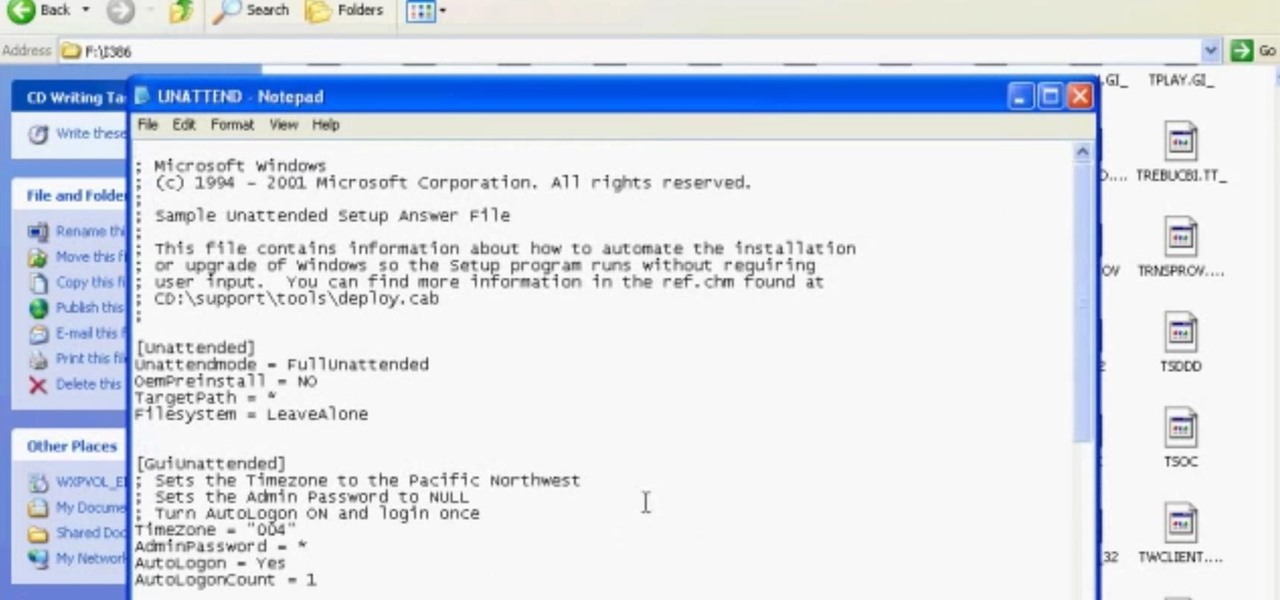Peachtree 2011 Serial Number Crack Adobe
- Posted in:Admin
- 02/04/18
- 87

Constitution of India- Whether Federal or Unitary It has been the matter of debate among the scholars that whether the constitution of India is completely federal or unitary in nature. But actually Indian constitution contains both features of a federal constitution and unitary constitution.
But for the very clear picture of this conclusion first of all we have to know that what is the federal constitution and what is unitary constitution. What feature of Indian constitution makes it federal or what features makes it unitary.
Jul 15, 2008. ACDsee all Betas serial# working serial for beta 6-10: code: +tHE riDDLER [uCF] 213111. Perfume Polyrhythm Single Download Jef there. Adobe Acro reader v1.0 for Windows: ARW1-500-574. Agent.99g build 339 key numbers: Agent Key -->JYJ13VTV-6HXUBZFE-VFG2EKKW Agent Key -->6CZCYPMK-VYB3974P-91V7SCTK. Then start printing journal entries from that point forward and make sure that all the amounts for each journal entry were correctly categorized as either a debit or a credit. All journal entries must zero out at the bottom. I don't think that Peachtree will even let you save a journal entry unless it's zeroed out.
Federal Constitution: In a federal set up there is a two tier of Government with well assigned powers and functions. In this system the central government and the governments of the units act within a well defined sphere, co-ordinate and at the same time act independently. The federal polity, in other words, provides a constitutional device for bringing unity in diversity and for the achievement of common national goals. Wheare defines federal government as an association of states, which has been formed for certain common purposes, but in which the member states retain a large measure of their original independence. A federal government exists when the powers of the government for a community are divided substantially according to a principle that there is a single independent authority for the whole area in respect of some matters and there are independent regional authorities for other matters, each set of authorities being co-ordinate to and subordinate to the others within its own sphere.
The Constitution of India has adopted federal features; though it does not, in fact, claim that it establishes a federation. The question whether the Indian Constitution could be called a federal constitution troubled the minds of the members of the Constituent Assembly. This question cannot be answered without going into the meaning of federalism and the essential features that are evident in federal state. Unitary Constitution A unitary system is governed constitutionally as one single unit, with one constitutionally created legislature. All power is top down. A unitary state is a sovereign state governed as one single unit in which the central government is supreme and any administrative divisions (sub national units) exercise only powers that the central government chooses to delegate.
Asio Generic Lower Latency Driver Setup. Federal Features of Indian Constitution Supremacy of the Constitution:This is one of the federal features of the Indian constitution. The supremacy of the constitution means that both, the Union and the State Governments, shall operate within the limits set by the Constitution. And both the union government and the central government derive their powers from the constitution.
Written ConstitutionThe most important feature of a federation is that its constitution should be a written one. The Constitution of India is a written constitution is the most elaborate Constitution of the world.
Rigid Constitution: The constitution of India is a rigid constitution and this is one of the basic features of federal constitution. The procedure of amending the Constitution in a federal system is normally rigid. Indian Constitution provides that some amendments require a special majority.
Such an amendment has to be passed by majority of total members of each house of the Parliament as well as by two-thirds majority of the members present and voting there in. However, in addition to this process, some amendments must be approved by at least 50% of the states. After this procedure the amendment is signed by the head of the state i.e; the President. Since in India important amendments can be amended through this procedure Hence, Indian Constitution has been rightly called a rigid constitution. Division of Powers: In Indian constitution the powers of state and centre are clearly defined and there are very clear limits of both the centre and the state for law making powers. Our constitution enumerates three lists, viz. The Union, the State and the Concurrent List.